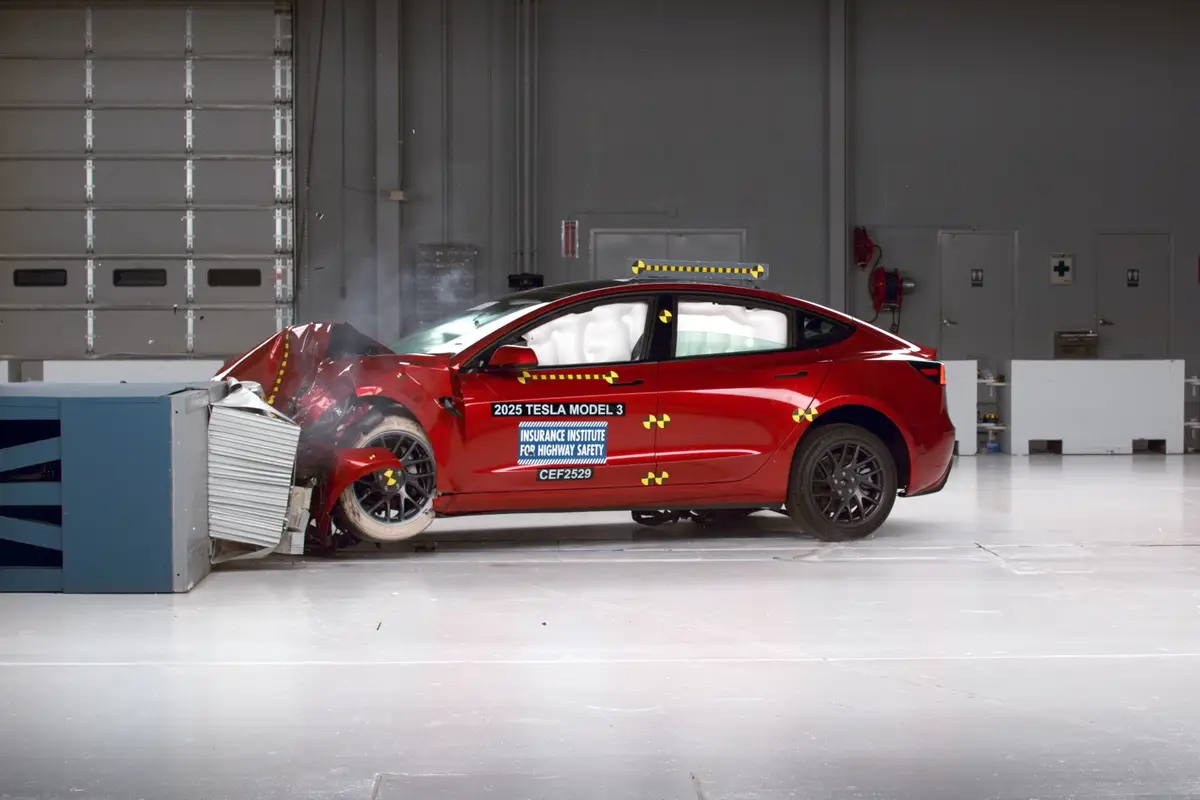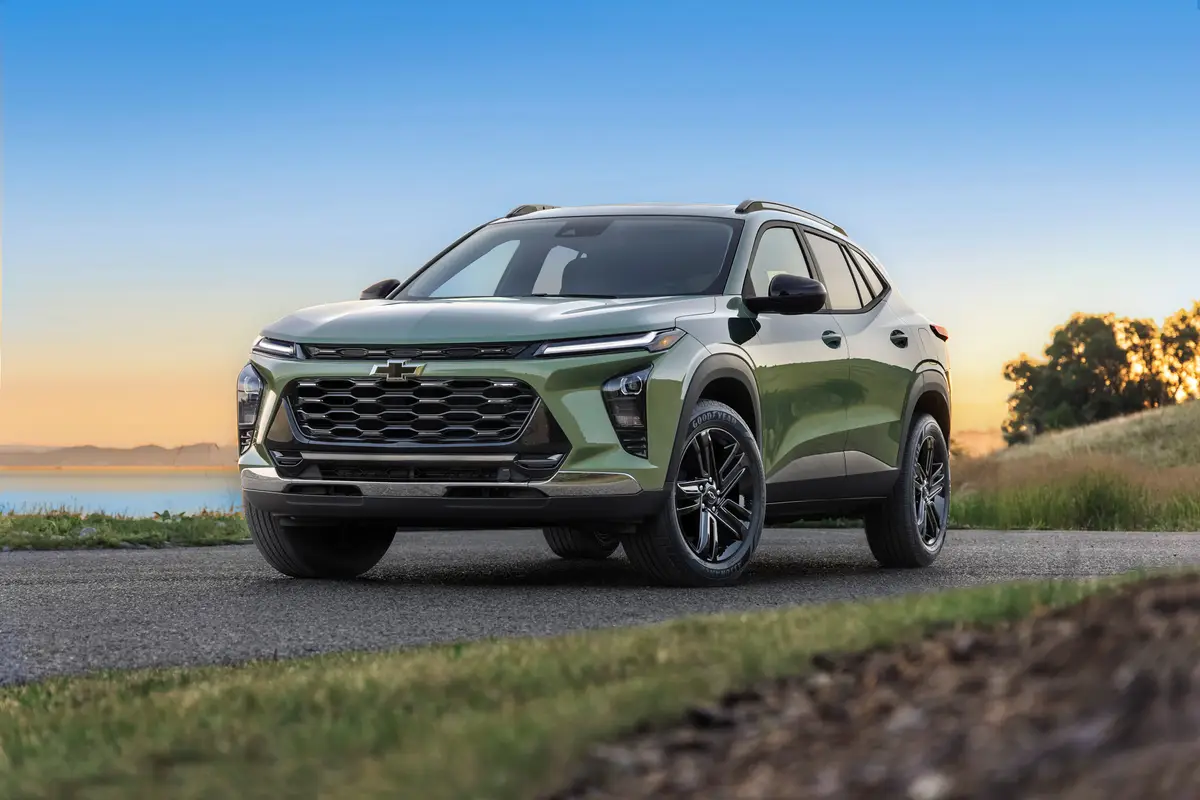chicagotribune.com's view
Add another jewel to the Toyota crown.
Toyota makes mistakes, as evidenced by the underpowered T100 pickup, which was supposed to do battle with the full-size offerings from Ford, Chevrolet and Dodge. It was too short, too narrow and lacked a V-8 engine. After a heralded debut in 1993, it disappeared without mourning after the 1998 model year.
And then there was the Previa mini-van, another example of Toyota misreading the market. Previa was rushed to the U.S. market in the 1991 model year to take advantage of the demand for mini-vans. However, Previa was too narrow, too underpowered, too hard to service and way too ugly for American tastes. It was dropped after the 1997 model year.
But while Toyota makes mistakes, it seems to make them only once, not only learning from its errors, but also atoning for them by correcting shortcomings.
Evidence of this comes from the full-size, V-8 Tundra pickup that arrived for 2000 and the wider, more powerful, easier-to-service and far less ugly Sienna mini-van that arrived for 1998.
Up until the 1998 model year, Toyota offered a subcompact entry-level vehicle called Tercel, which was smaller and less expensive than the Corolla subcompact. The emphasis, however, was on smaller and a knack for not having sufficient pep to get out of its own way.
For 2000, Toyota again atones. Tercel is replaced by the ECHO coupe and sedan, Toyota’s new small, high-mileage, low-cost vehicles aimed at buyers on a budget, especially youth, who, once in the fold, are likely to stay when budgets and family size demand a larger, more expensive vehicle.
Thanks to Ford pouring a satchel full of dough into advertising its all-new 2000 Focus, you’d think it was the only new small car in the market, not to mention the best and most innovative.
The only thing Focus has that ECHO doesn’t is Annabelle Gurwitch as the ad spokeswoman. Move over Focus; make room for ECHO.
ECHO’s styling is every bit as pleasant, if not more so, than Focus. We especially like the plastic lower rocker panels and wheel-lip moldings, the favorite targets of stone and chip marks from roadway debris as well as the resting place of trapped water that leads to rust. Nice touch on ECHO to eliminate those problems.
Hood and bodyside styling creases give ECHO the look of forward mo vement rather than the look of an economy-car lump on four radials. The large triangular, or tear-drop, headlamps add just the right touch.
Inside, it’s like walking into a family room. For a car built on a 93.4-inch wheelbase that’s a mere 163.3 inches long overall (versus 97-inch wheelbase and 174-inch length for Corolla), the cabin offers abundant head, leg and arm room, and a most spacious rear seat compartment that allows you to stretch the legs and arms at will.
Being a budget-minded car, a small 1.5-liter, 108-horsepower 4-cylinder engine teamed with 5-speed manual or 4-speed automatic provides the power. Typically, when you read the 31 m.p.g. city/38 m.p.g. highway rating (34/41 with standard 5-speed manual), you are quickly alerted to the fact that mileage takes precedence over performance. Yet the 4-banger is alert and lively and surprisingly peppy. You get the traditional 4-cylinder growl when stepping hard on the pedal from the light. But at cr uising speed, the commotion ceases. Darn thing travels quickly.
We tested the ECHO with 5-speed and optional ($800) automatic. The 5-speed is fairly smooth and naturally a little quieter at initial acceleration than the automatic. If constant shifting through road repairs or rush-hour traffic is not your thing, the automatic does a more than adequate job. And the automatic will bring higher resale value. For what Toyota bills as a “simple yet functional, affordable car,” priced below a Corolla, ECHO has a variety of features that show Toyota concentrated on details to make a big impression.
Our favorite is the positioning of the instrument panel (IP) cluster on top of the center of the dash instead of directly behind the steering wheel in front of the driver. Takes a few miles getting used to the position, until you realize how wise the move was.
By moving the cluster to the center of the dash, the area in front of the driver offers more windshield views and less instrument congestion. It means better down-the-road visibility, which also is improved by Toyota positioning the front seats slightly higher than normal.
Another benefit of moving the cluster to the center of the dash is evident at night. The light from the instrument panel typically tires the eyes at night. With those lights moved off to the side, your eyes don’t tire as much on extended nighttime motoring.
Other clever touches include a dual glove box, with one compartment on top, one below, and each with its own door. The top box will hold gloves, the bottom maps and the owner’s manual, with room left in each.
In the center of the lower dash, flanking the radio controls, there are two stowage compartments, one for the driver, one for the passenger, to hold such items as the cell phone or travel snacks that you don’t want packed in the glove box.
The center floor console houses two solid cupholders, the parking brake lever and a third cupholder for use by rear-seat occupants.
And all dash controls are easy to see and use.
Also, while the deck lid is stubby and makes it appear that trunk space is at a premium, lift the lid to find cargo space that’s cavernous. If more room is needed, either or both the rear seat backs fold flat.
But, alas, ECHO is designed to be an entry-level, starter car, and there are some items you have to do without unless you reach deep into pocket or purse to check off the optional equipment.
There are no power windows, not even as an option. You have to crank them up or down. Pay a lot of tolls and crank windows will drive you bonkers–unless you live in Wisconsin and refuse to flip coins in the Illinois cash boxes. Toyota says power windows are “on the menu,” probably as an option.
There are no power seat controls. The situation is tolerable thanks to wide, well-padded, cozy cloth seats. But if more than one driver shares the car, be prepared for continual manual adjustment.
And there are no power mirrors. Manually operated outside mirrors are tolerable on the driver’s side, but a pain when you have to bend over and adjust the passenger side or ask the seat’s occupant to do it for you. Get in after a taller or shorter driver, and you’ll realize what a pain manual mirrors can be.
One more drawback finds the ECHO sitting on narrow 14-inch radial tires that look so small at first glance we thought we were riding on those 13-inch toys that used to be popular on subcompacts. While the suspension does an adequate job of cushioning you from road blemishes, the undersized radials rule out aggressive motoring and tight turns. A wider-profile, 14-inch tire or even larger 15-inch radial would contribute to improved handling.
Air conditioning ($925), anti-lock brakes ($590), power door locks ($225 two-door, $270 four-door), AM/FM stereo with cassette and CD player ($270, AM/FM without casse tte or CD is standard) and digital clock ($70) are optional, as is power steering ($270), unusual in an age when power brakes and power steering usually are taken for granted as standard.
Rear-window defogger comes in an all-weather option package at $275 that includes heavy-duty battery; power steering comes in an “upgrade package” at $1,020 that includes dual outside, but manual, mirrors; and air conditioning comes in another “upgrade package” at $1,465 that includes power locks and AM/FM stereo with cassette and CD player.
So “affordability” has its price.
ECHO starts at $9,995 for the two-door coupe, $10,295 for the four-door sedan that we tested. Add $455 for freight.
Adding popular options such as air, ABS, automatic, power locks and power steering, will run close to $3,000 and you still don’t have power mirrors, windows or seats.
But add $3,000 to the sedan’s $10,295 base price and you top $13,000 by only a shade. You aren’t going to find a car as roomy, comfortable, peppy and fuel efficient as this one for $13,000 in many Brand X stores.
Toyota expects to sell 60,000 ECHOs in the U.S. this model year.
>> 2000 Toyota ECHO sedan Wheelbase: 93.4 inches Length: 163.3 inches Engine: 1.5-liter, 108-h.p. 4-cylinder Transmission: 4-speed automatic Fuel economy: 31 m.p.g. city/38 m.p.g. highway Base price: $10,295 Price as tested: $12,390. Add $800 for automatic transmission; $275 for all-weather package with heavy-duty battery, rear heater and rear defogger; and $1,020 for “upgrade” package No. 1 with rocker panel and wheel lip molding extensions, power steering, intermittent wipers, dual manual outside mirrors, split folding rear seats and digital clock. Add $455 freight. Pluses: Stylish, roomy, peppy, very fuel efficient sedan built by a company with reputation for quality, reliability and dependability. Low base price. Unique instrument panel cluster in the center of the dash. Minuses: To keep base price low, the option list is long, and power windows/power seats/power mirrors aren’t even offfered.>>
Latest news



